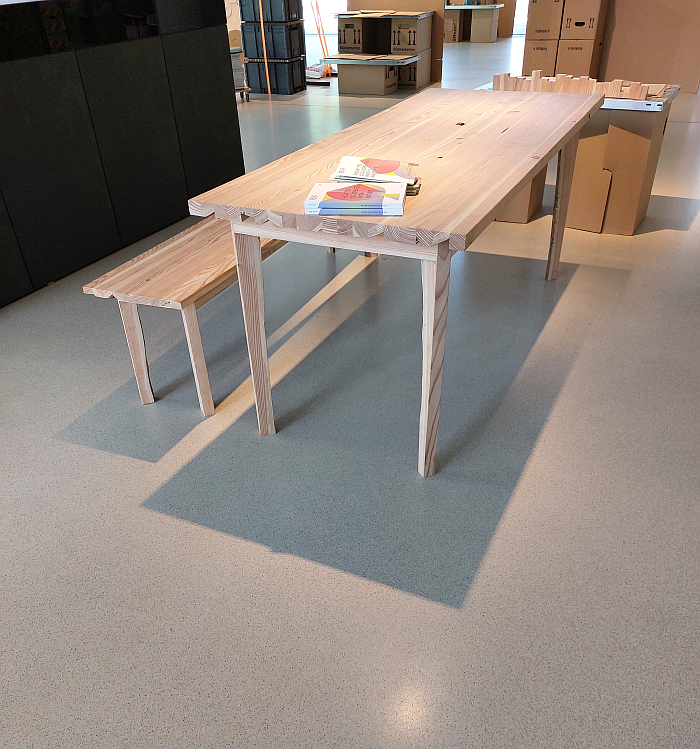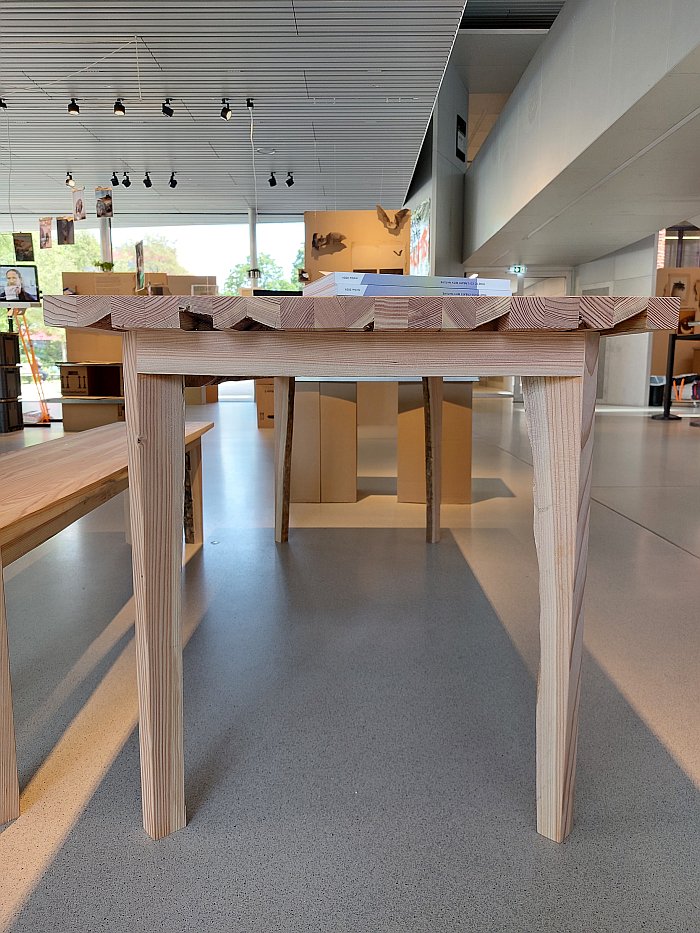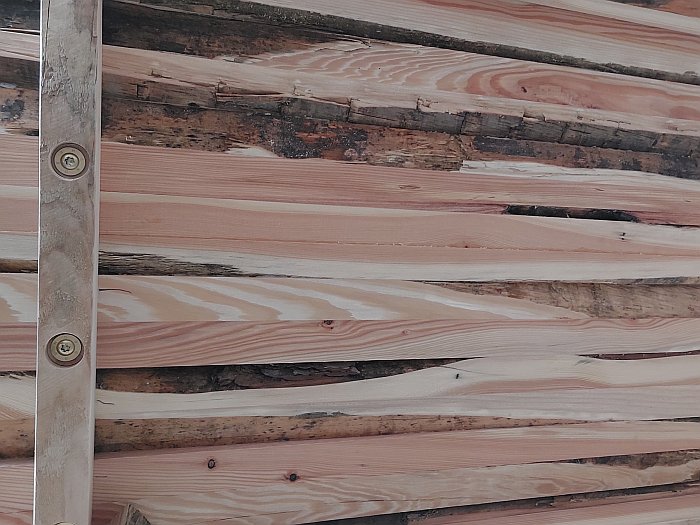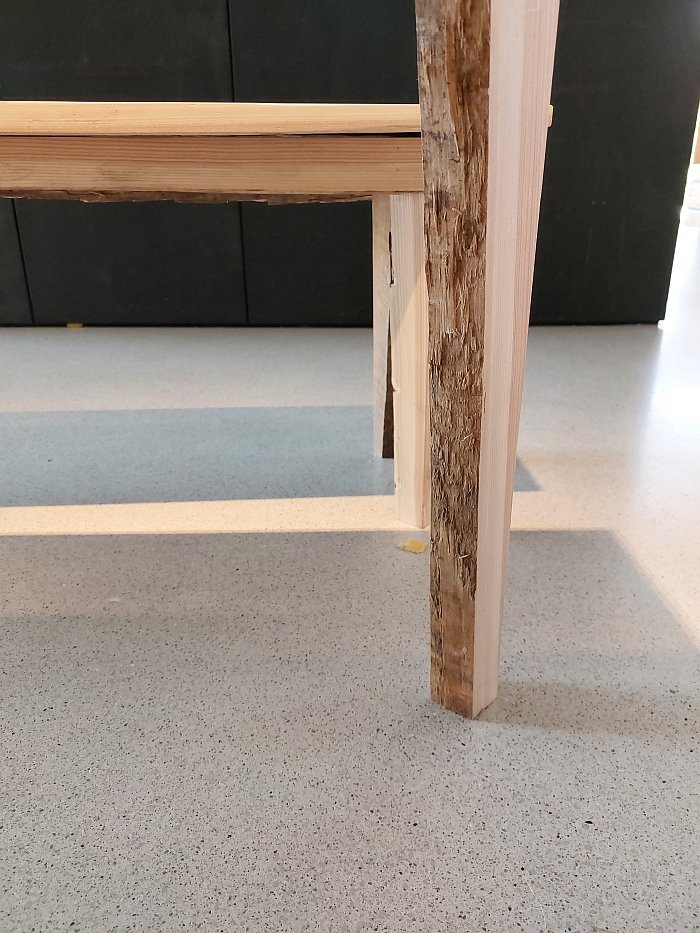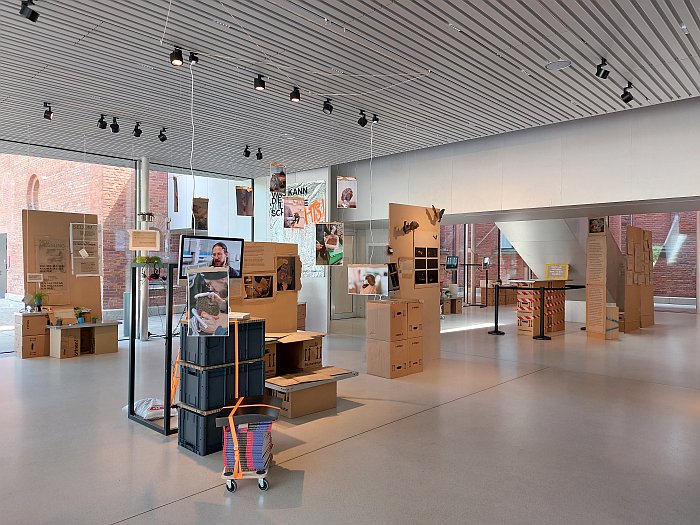
In context of Tsuyoshi Tane's Garden House project on the Vitra Campus, long-year Vitra CEO Rolf Fehlbaum opined that in the immediate post 1939-45 War decades "the industrial idea of taking over nature without caring was very typical". And arguably not just then. As discussed in context of, for example, At the coalface! Design in a post-carbon age at the Centre for Innovation and Design at Grand-Hornu, Hornu, the rise of industrialisation in the late 19th/early 20th century is closely, intimately, associated with a Hannah Arendt's incarnation of Homo faber who "becomes lord and master of nature herself insofar as he violates and partly destroys what was given to him", and that, to evoke a Rolf Fehlbaum, "without caring".
While going ever further back there is an argument to be made, indeed one we have made in context of Plant Fever. Towards a Phyto-centred design at Schloss Pillnitz, Dresden, that the intensity of the botanical activity of the late 18th/early 19th centuries not only contributed to the ongoing legacy of colonisation but also through the classification, standardisation and optimisation of the period laid a direct path to the industrial agriculture and monoculture under which our planet suffers today. And that because it was undertaken "without caring". And why would we have, there was progress to made.
And now?
Exactly.
And we all appreciate, or at least an ever greater number of us do, that in context of our contemporary reality not caring is no longer an actual option. An ever great number who also all appreciate that we also have to act.
But how?
And how can design and designers assist in not only helping us better appreciate the problems and challenges, but also aid and abet us in that necessary acting?
In context of the semester project Next Nature Design under the guidance of Professors Matthias Edler-Golla and Florian Petri students from across design disciplines at the Hochschule München reflected on such and similar questions, and for all on the question, how designers can improve coexistence between humans and other forms of life. Because, in many regards, that is exactly what it comes down to. Much as it come down to coexistence between nations and peoples if we're goin' to survive.
As ever with such student projects the brief was often more taken as a vague suggestion rather than a concrete requisite, which ain't a complaint, far from it, if you can't ignore briefs a student when can you? Enjoy the freedom. It won't last.
And even if we had initially found it complainable, it wouldn't have been a complaint now because having viewed the showcase Earth Centered Design. An Exhibition that arose from Next Nature Design we would have understood that the varied and various ways the students approached the brief resulted in a pleasingly varied mix of perspectives and positions and approaches to the myriad questions being posed as we move forward; resulted in showcase in whose variety neatly encapsulated many of the important challenges and discourses of our age. If a variety very real limits of time and space leave us room to mention but a few. An abbreviated list that, as ever, shouldn't be considered as being a 'Best Off', it ain't, 'tis but a snapshot. And we may very well return to one or the other here unnamed project later. All are now in the databank.
Full details on all projects featured can be found at https://earth-centered-design.onrender.com/
As a lamp, a lamp family, a plant pot, a lamp-cum-plant pot, NOTA very much embodies the multi-faceted approach we need to take going forward, that ever growing realisation that we need to adjust our behaviour on several planes, just doing one thing is too little, and the realisation that it comes down to us all, individually and collectively, technology alone can't help us. Despite what Californians tell you. An argument it makes on the one hand through being separable into its component parts, and that tool-free, we didn't try, but looking at the parts we couldn't see the need for tools, and thereby not only allowing for easy repairs but meaningful recycling if unrepairable. On the other hand the shades are 3D printed from a, as best we can ascertain, unnamed material that according to Angelo "absorbs and mineralize Carbon Dioxide, Nitrogen Oxides and Volatile Organic Compounds ", a claim we would need a little more justification and elucidation of than was provided before we can fully accept it, but for now let's run with the understanding it does, and thereby enables the lamp/plant pot to act as a room purifier, as does the plant, a plant that also aides the internal climate in that way plants do. And on the rare and thus all the more important third hand, with NOTA you can turn the light on and off through touching the plant, the plant is the light switch. And it is. We tried. We tried dimming that didn't work. But on and off worked a treat.
Now, admittedly, given the intelligence plants are increasingly known to possess it is perhaps more than a little underutilising their brains, arguably also a little demeaning, to ask them to simply turn a light on and off; however, through such intimate daily cooperation and interaction, through appreciating plants as a cooperation partner rather than a commodity, we can begin to better understand plants as equal partners on the plant, not species to be mastered and harnessed. An important change of perspective that can, must, help us to integrate plants into our systems on an equitable basis. To the benefit of all.
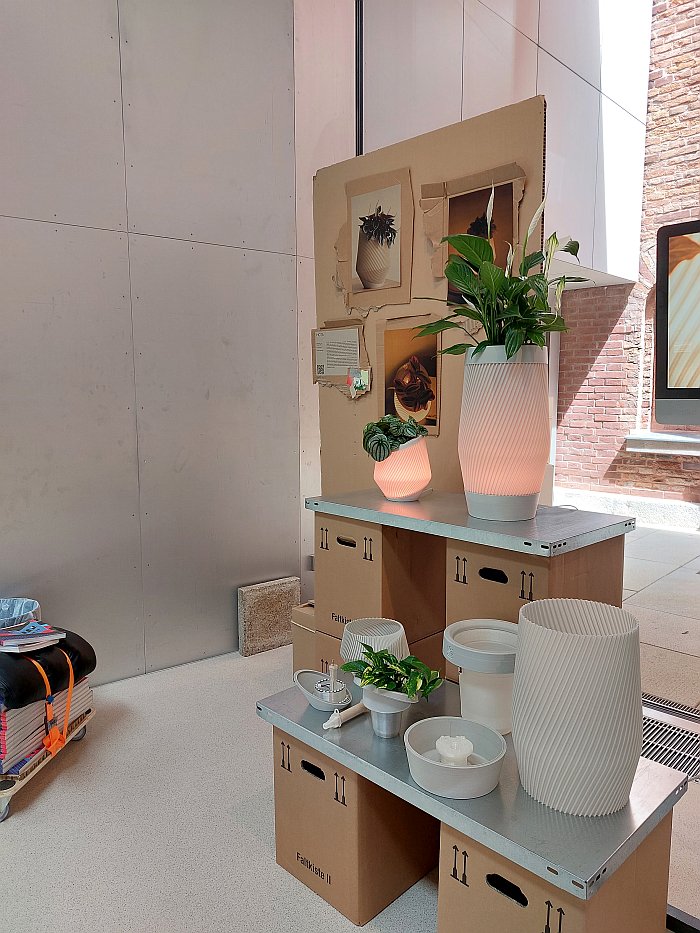
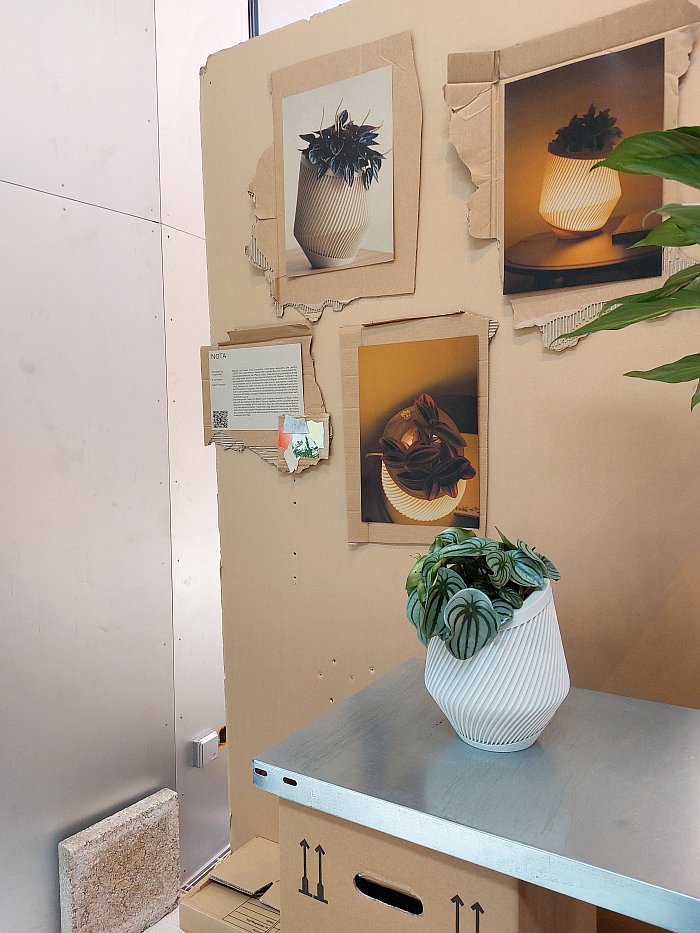
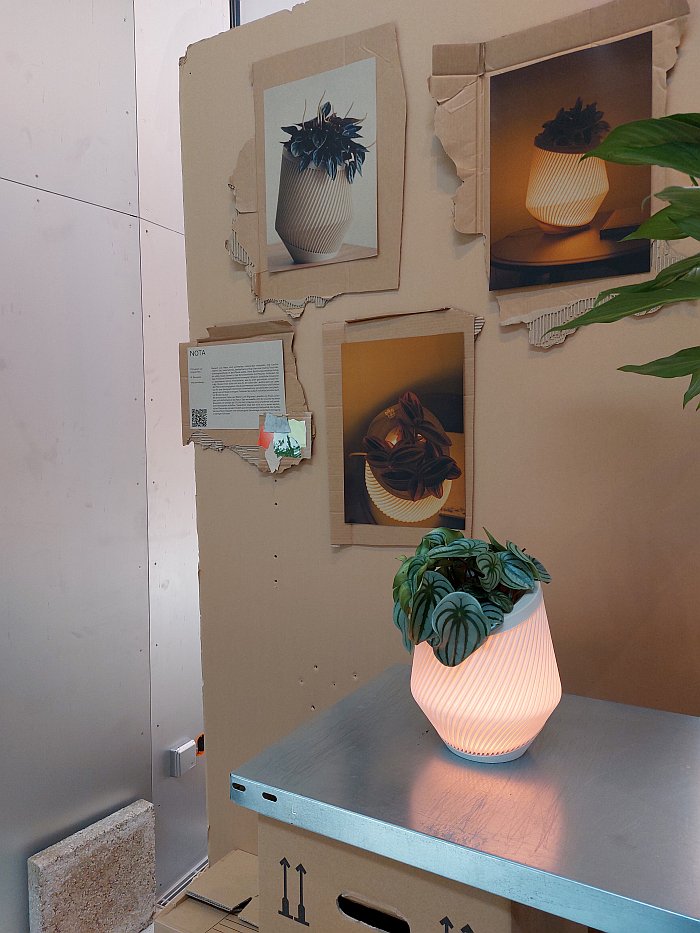
An interdisciplinary project by a undefined mix of Industrial and Communication Design students, an interdisciplinarity that is going to be increasingly important going forward, Leaves posed the question of what to do with the tons of them that fall every autumn in our urban spaces. And which, given that it's going to get hotter and the need for trees to cool or cities will become ever greater, a tonnage that will invariably rise in coming decades. Amongst the various options proposed the possibility that most appealed to us was the use of fallen leaves as the basis for insulating material, not least as effective insulation will also become increasingly important as it becomes ever warmer, and if we can achieve the necessary insulation with waste materials that come at no extra cost to the environment, so much the better. To what degree the leaf based insulation material is practicable, meaningful and better than contemporary alternatives, we no know, that's for individuals far more qualified than us to gauge. But it seems, at this stage, well worthy of further pursuit. While beyond the results obtained Leaves is and was for all a very nice example of those myriad contemporary student projects aimed at developing novel materials in context of our contemporary realities, and that, as with Leaves, via purely speculative research, a questioning as you go based on that which just happened, and seeing where you end up.
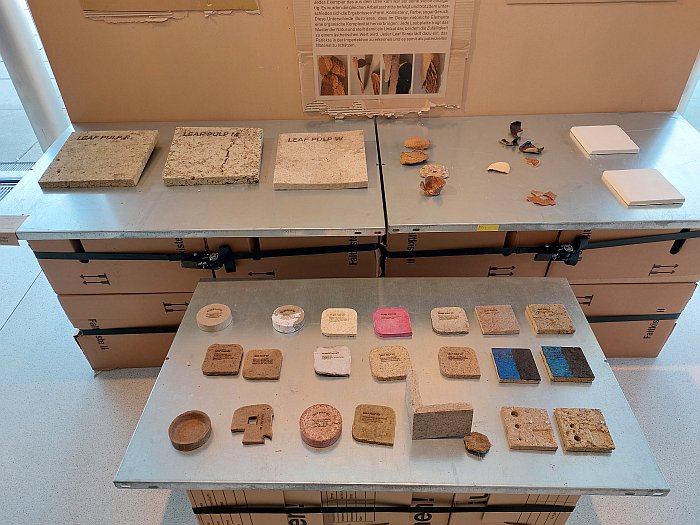
Judging by the text accompanying Reverse Evolution Berko and Lorenzo have a very, very critical opinion of the contemporary global design industry.... imagine!!!!! Critical of the contemporary design industry!!! And who sought to respond to all that which they consider wrong via a project that is, if one so will, a low-tech Bookinist by Nils Holger Moormann, a Bookinist even lower tech that the proudly analogue Bookinist, but no less charming that Nils'. And a low tech object that users are empowered to build and rebuild and redefine themselves, it's not a solid piece of carpentry but a extendable and reworkable invitation to build and rebuild and redefine your own furniture. And a Nils Holger Moormann who once told us "we desperately need a new revolution". In design, just to clarify in case any from the Verfassungsschutz is reading along. A new revolution in design. Reverse Evolution isn't that revolution, nor is it, we'd argue, a step-backward; rather is and was a nice reminder that the answers to our current malaises invariably aren't new products but new ways of thinking, new ways of approaching that which we have, the answer may very well be there, we just need to see them and apply them. The progress we as a human society permanently seek isn't necessarily to be found in the future, but should take us into the future not cancel the future.
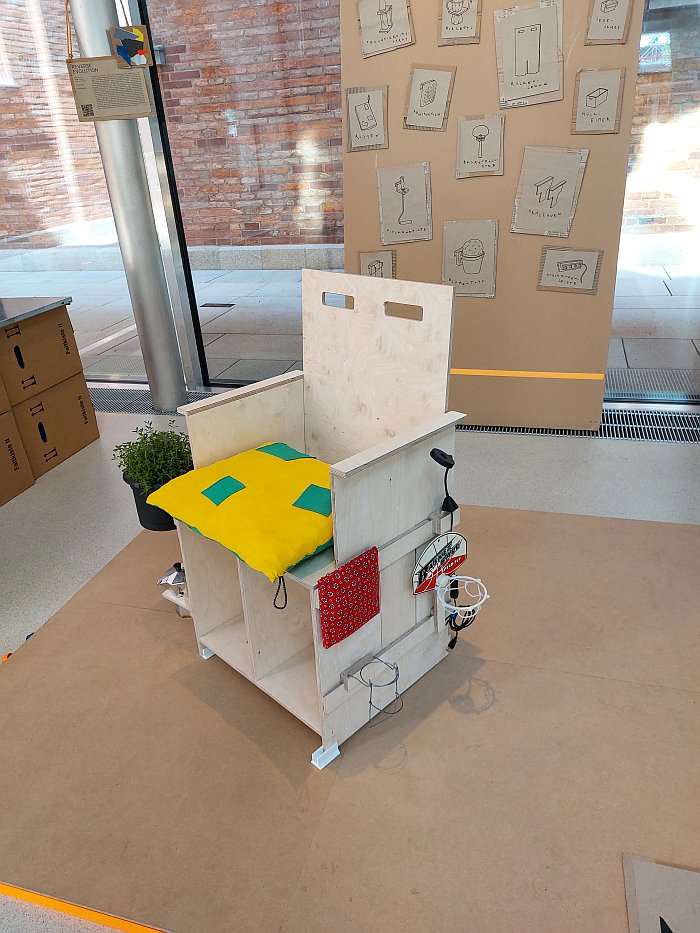
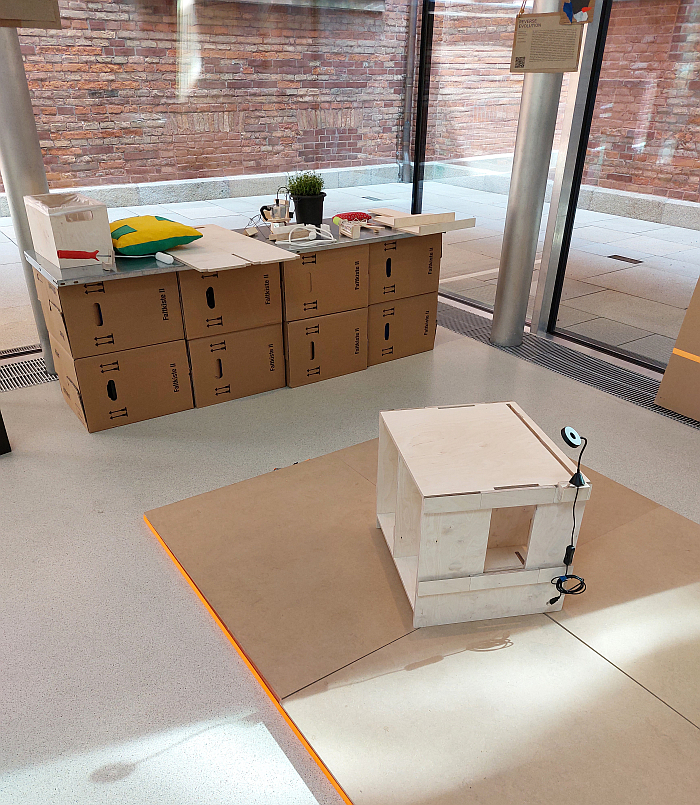
Essentially Brennstoff oder Werkstoff [Fuel or material] by Maximilian Lechner is a table and bench made from waste wood.
Which no, isn't a new idea. But do bear with us.
For all that wood is popularly understood as a sustainable material, as a global society we're not that good at using it responsibly and meaningfully; maybe the tangibility of its replaceability, and the ease with which we read the certificates of the myriad forestry certification schemes, makes us lazy and complacent. Think, for example, of the Beetlechair by Alexander von Dombois and its use of spruce stained blue by Ophiostoma fungi, wood that conventionally isn't used in furniture production despite being plentiful and structural sound, but has blue lines in it. EEEK!!! Wouldn't using that in furniture make sense? Similarly Matthias Gschwendtner's New Sources project which discusses the use of the branches contemporary forestry rejects in ensuring tree trunks are sawmill ready, but which are, can be, perfectly good wood in and for furniture production, if we are prepared to re-assess what we accept as a chair; similarly Artek’s use of ‘wild birch’ with all its irregularities and idiosyncrasies, if a use of wild birch still sadly limited to but a few products, the majority of the wood used by Artek, as with the most all other wood used in the contemporary furniture industry being the flawless wood that as a species we have come to expect in our furniture, as a species demand in our furniture. That desire for perfection that as discussed from, for example, Perfectly Imperfect – Flaws, Blemishes and Defects at the Gewerbemuseum, Winterthur, can be so limiting and counterproductive.
Yet whether one uses flawless wood, wild birch or blue spruce its processing will invariably produce waste. Waste wood recycled by Maximilian.
Whereby recycling again isn't new: a Piet Hein Eek, for example, has built an empire on the edge of Eindhoven from salvaged wood, while over a century ago Louise Brigham, arguably the mother of wood recycling, was using discarded shipping containers as the basis for her box furniture collections. And as the basis her social work/street work projects. Brigham's contribution to Next Nature Design as understood as more than products.
In context of Brennstoff oder Werkstoff Maximilian employed waste wood from sawmills, wood that is conventionally burnt but which given the repetitive manner in which sawmills work is invariably available en mass in pieces of (near) identical lengths and thickness, thus suitable for further use without all to much processing. As the Brennstoff oder Werkstoff table and bench ably demonstrate.
So much for the abridged discussion on the use of less than perfect and recycled wood in furniture design and production.
Particularly satisfying in Brennstoff oder Werkstoff's contribution to that discussion, we asked you to bear with us, thank you that you have, is that while on the surface all is neatly manicured, on the surface the table and bench present themselves as highly 'conventional', formally and material reduced objects with a pleasing visual and conceptual lightness, when you look underneath you see the roughness, you see the unsmoothed, unrefined, unprocessed woods, see the, to use the popular term, flawed wood; wood that isn't used in contemporary furniture for fear of offending user and consumers.
Which yes does sound a lot like a metaphor of the contemporary furniture industry: on the surface all shiny and smooth, underneath a lot less so. Or perhaps more accurately, Brennstoff oder Werkstoff very much should be read not only as a metaphor for the contemporary furniture industry but as a reflection on one of the problems of the contemporary furniture industry: the lack of an open, honest discussion on the use of less than perfect wood in furniture production and thereby in our objects of daily use. The contemporary furniture industry preferring to describe how perfect its wood is, while ignoring the fact, denying the fact, there are tangible alternatives close at hand, alternatives we would all see if only we were too look a little closer, to think outwith conventional confines, to look and think outwith marketing brochures. Open, honest discussions we urgently need to have. Brennstoff oder Werkstoff offering itself very much as an apposite location for such discussions.
